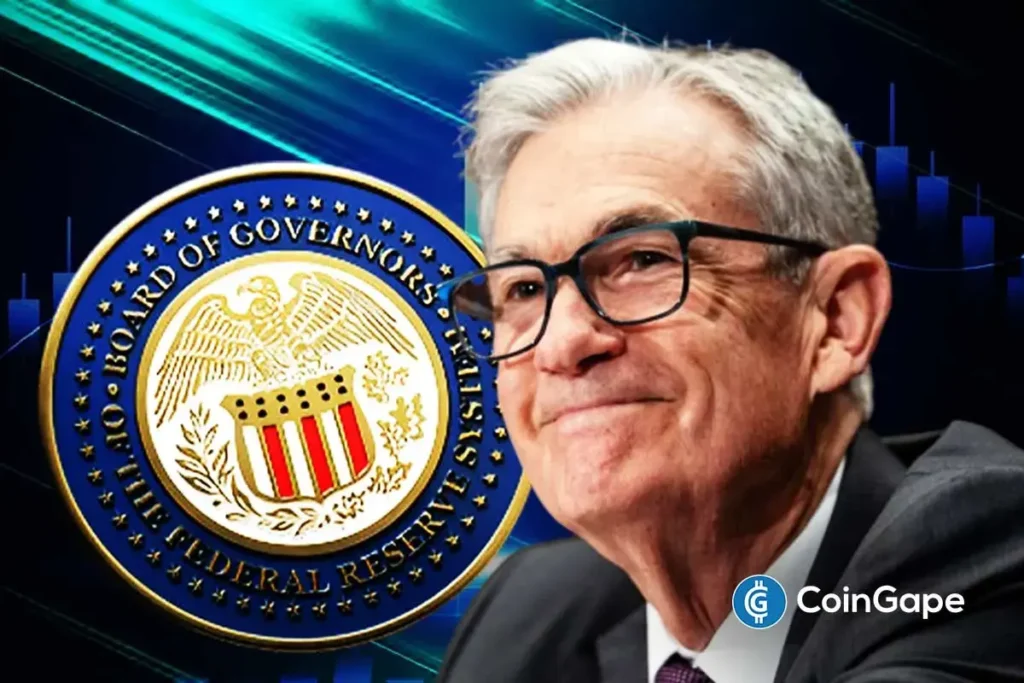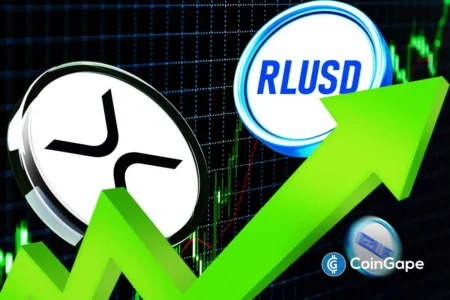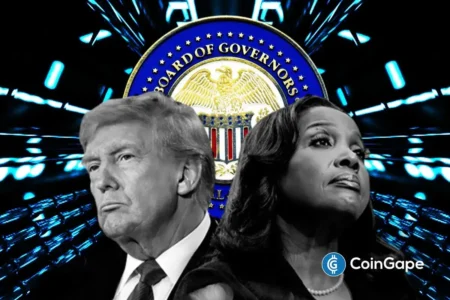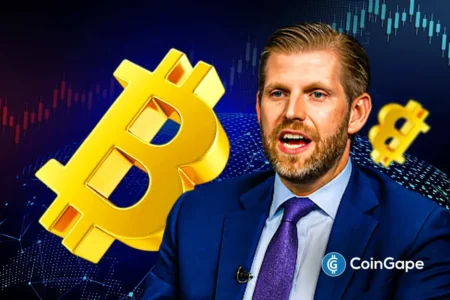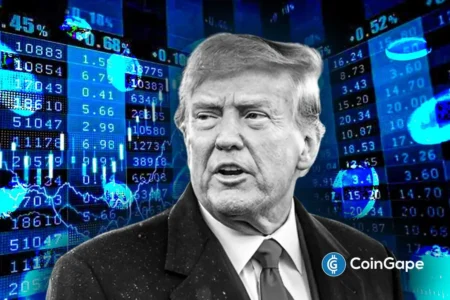Jerome Powell’s Resignation Letter: Fact or Fiction?
Recent speculations surrounding Jerome Powell, the Chair of the Federal Reserve, have reached a boiling point with the emergence of a purported resignation letter. While the document initially appeared authentic and garnered significant attention, subsequent investigations confirmed that the letter is, in fact, fake. This article delves into the details of this incident, exploring the implications of Powell’s ongoing tenure amid rising calls for his resignation.
The Fake Resignation Letter
A letter claiming to be from Jerome Powell has been circulating online, particularly within cryptocurrency discussions. Addressed to former President Donald Trump, it featured Powell’s signature and had the hallmarks of a legitimate resignation notice. However, upon closer inspection, several discrepancies became apparent. For instance, the placement of the stamp deviated from standard protocol, which typically positions official seals at the top of such documents. Additionally, formatting irregularities and an overly casual tone raised red flags, suggesting that the letter was improperly constructed.
Political figures, like US Senator Mike Lee, contributed to the frenzy by posting the letter on social media, which he later deleted, hinting at its dubious nature. The rapid virality of the letter starkly contrasts with the absence of any formal acknowledgment from the Federal Reserve, casting further doubt on its authenticity.
Rising Pressure for Resignation
Despite the revelation of the letter being fake, the speculation around Jerome Powell’s potential resignation remains intense. As interest rates have become a focal point of economic discourse, pressure has ascended from political leaders, specifically former President Trump, who has consistently criticized Powell for not acting swiftly enough on interest rate cuts. In fact, Trump is reportedly considering candidates to replace Powell, exacerbating the scrutiny on the Fed Chair.
This environment of pressure was palpable leading up to Powell’s scheduled speech. Betting markets reflected this sentiment, with Polymarket assigning a 21% probability to Powell’s resignation following the circulation of the counterfeit letter. This speculation is backed by the political landscape, which has shown increasing aversion toward Powell’s leadership amidst a volatile economic climate.
Speculations of Imminent Changes
As Powell approaches the end of his term in May 2026, discussions about the likelihood of his departure before then have grown increasingly relevant. Industry experts and commentators in the financial space are closely monitoring the events, with some, including Federal Housing Finance Agency Chairman William Pulte, predicting that changes may occur sooner rather than later.
The narrative surrounding Powell’s potential resignation is further complicated by serious allegations. He has faced a criminal referral to the Department of Justice for allegedly lying under oath regarding the renovation of the Federal Reserve’s headquarters. Such accusations have intensified the calls for accountability and raised the stakes for Powell’s continued leadership.
Implications for the Federal Reserve and the Economy
The ongoing discussions about Powell’s resignation raise broader questions about the future of the Federal Reserve and its impact on the economy. As the Fed plays a pivotal role in managing inflation, interest rates, and overall economic stability, the possibility of a leadership change comes with both risks and opportunities.
Should Powell resign, his replacement would likely need to navigate the complex economic landscape while balancing the expectations of various stakeholders, including the government, markets, and the public. A new Fed Chair could potentially bring a different approach to monetary policy, influencing everything from inflation rates to international economic relations in a rapidly changing global context.
The Power of Misinformation
This incident underscores the significant influence misinformation can have in the digital age, particularly within sensitive sectors like finance and politics. The swift dissemination of the fake resignation letter exemplifies how easily narratives can be shaped and spread through social media. It also highlights the necessity for critical analysis and verification of information before jumping to conclusions.
As citizens and stakeholders in the economic landscape, remaining vigilant against misinformation and relying on credible sources becomes paramount. Institutional transparency and accountability play critical roles in mitigating the spread of rumors and ensuring that the public is informed of actual developments.
Conclusion
In summary, the incident involving the fake resignation letter of Jerome Powell serves as a poignant reminder of the volatile intersection between politics, economics, and misinformation. While calls for Powell’s resignation continue amidst mounting pressures, the authenticity of circulated documents and the substance of Powell’s actions remain pivotal in shaping the future of economic policy in the United States. As we move forward, it is essential for the public and stakeholders to remain educated and discerning, ensuring that they are equipped to navigate an ever-evolving financial landscape.





